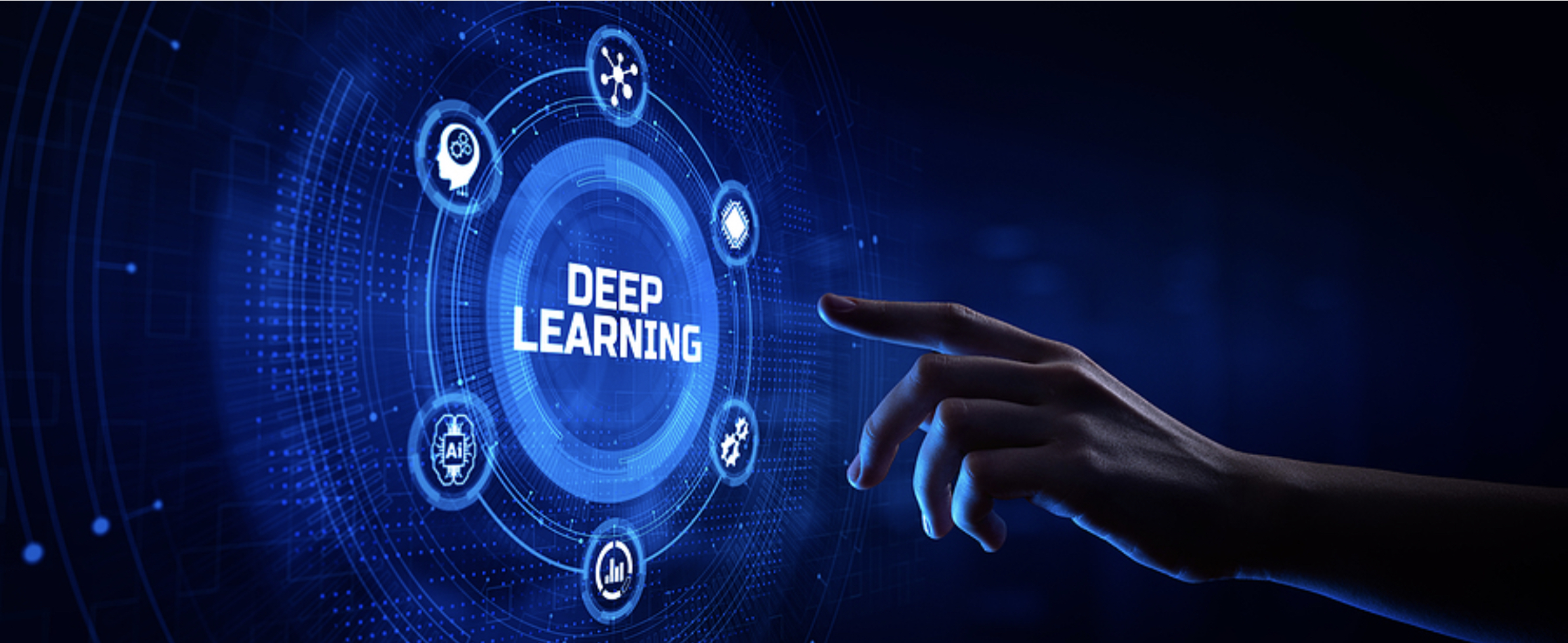From a young age, human beings can quickly identify objects and sort them into classes. Think of the different makes, models and colors of four-wheeled vehicles that you can almost immediately classify as cars. Consider the wide variety of cats and dogs that you can identify at a glance. In less than a second, your brain interprets visual data and performs a complex synaptic process to draw a conclusion.
Today, computer scientists are working hard to recreate this process in the digital world. AI technology can sift through vast amounts of data to find patterns, recognize objects, and make predictions. The latest trend in AI involves creating artificial neural networks and training through a process known as deep learning. IT professionals who learn how to work deep learning in Python will have a powerful, in-demand skill.
Artificial Intelligence and Deep Learning
Artificial intelligence technology involves any method that allows a computer to mimic the mental processes of human beings. Computer programs that use AI empower everything from astronomy research to smart home thermostats. In many cases, the decision-making power of AI derives from complex algorithms and large sets of sample data.
Deep learning comes from neuroscience research. Computer scientists have looked at how neurons connect and communicate to create small-scale, digital replicas of thought patterns. Computers that use deep learning take less time to train and have an increased potential to find unexpected connections within data sets.
How does deep learning work?
An artificial neural network works by passing information through a series of layers of digital neurons. The process starts with the input layer. This first step is akin to your eyes, ears and other sensory organs that pass information about stimuli to your brain.
Next, the data travels through the hidden layers. The number of hidden layers in the program determines the complexity of the calculation. Each digital neuron involves a weighted value based on the importance of the data. A program devoted to predicting inventory would give greater weight to an item’s past sales performance than the day of the week when it was sold.
Finally, the output layer returns the calculated result. This answer could be as simple as identifying the presence of an object like a car, dog or cat in a picture. However, this learning approach can also handle challenging problems like predicting the weather or choosing the right ad to display on a social media feed.
Machine Learning Applications in the Business World
When people hear about neural networks and artificial intelligence, they assume that these resources only apply to the world of science and technology. However, AI and deep learning are having an impact on industries across the board. Automation, prediction, and pattern recognition can all improve a business’s performance and workflow.
Process Automation
Every business has repetitive processes. Robotic process automation can handle straightforward tasks like sending email reminders before appointments. However, RPA combined with a deep learning strategy can refine this automation. Considering data such as purchase histories and address information can improve the click-through rate of emails.
CRM
Applying deep learning to customer relations will improve connections. The AI resource can send alerts to a sales team when it predicts that a customer may need attention.
Customer Service
Deep learning can bring predictive pattern recognition to customer service issues. The AI behind the service portal will recognize patterns of keywords to make a faster diagnosis of the problem. If the chatbot cannot handle the issue, it can connect the customer to the right human employee in fewer steps. This process will minimize frustration for the customer.
An Entrepreneurial Strategy for Employing AI and Deep Learning Tools
Introducing AI can be intimidating for your employees. Because this technology imitates human decision-making, they may feel that the digital resources will replace them. With a thoughtful strategy, you can bring the computing power of deep learning in a non-threatening way that enhances and improves your workplace culture.
Determine the Best Use Cases
Digital automation and decision-making free your human employees to handle more relevant tasks. As you introduce the new technology, get input from your staff about daily jobs that are critical but repetitive. Your employees will appreciate a resource that can take these off their plates.
Identify Data Sources and Quality
Garbage in; garbage out. This mantra from the world of computer science indicates the importance of quality data. Successful deep learning depends on having information that is relevant and accurate.
Empower the Team
AI requires significant processing power. You will need to evaluate your hardware to confirm that it is up to the task. It will also help to have someone with a deeper understanding of the technology. You may want to invest in training in skills like how to work deep learning in Python.
Understand the Limitations of Technology
Your AI resources are like any other employee. They require oversight and evaluation. Their performance is only as good as the algorithms that form their decisions. Improperly weighted calculations in the hidden layers can lead to skewed results. Running tests cases with known outcomes can help recalibrate the system.
Working with a Partner to Implement Change
How does deep learning fit into your business’s future? Moving from traditional to innovative technology requires an adaptable workplace culture. If you need help transitioning to a new model, I can help you move forward in ways that benefit your whole organization.





